Warm Roof Insulation Types
Having watched many of your excellent videos, I decided on a cold roof because of thermal bridging issues. I must disagree with a comment made at the end of this video based on theoretical knowledge only i.e. no access to thermal imaging equipment.
The joist hangers would still be a source of thermal bridging on a warm roof because the wall they are attached to is an external one. As hot goes to cold, the room heat would travel into the plasterboard, then the joists, then the joist hangers and then to the brick and then out to atmosphere.
Thermal Bridging on House Extension Construction
The house extension I have constructed has 150mm of XPS insulation in between the joists, 50mm of EPS insulation underneath the joists, an unvented 50mm air gap and then the plasterboard. There is also no thermal bridging from the block walls as they are all covered with 50mm EPS bonded to the wall and then bonded to the plasterboard with PU adhesive.
Keeping Thermal Bridging to a Minimum
In my opinion, this is about the only way you can cut thermal bridging to its minimum value with today’s construction methods. Just as a FYI, I chose XPS because its LTTR (Long Term Thermal Resistance) figures remain fairly constant after decades of use whereas PIR boards e.g. Celotex, Kingspan etc start dropping from the day you buy them and start to match XPS/EPS after 5 years or so. In short, in less than a decade, your U values would NOT pass today’s building regulations. On the plus side for XPS it has twice the compressible strength as PIR boards, not affected by water and is cheaper in the long run.
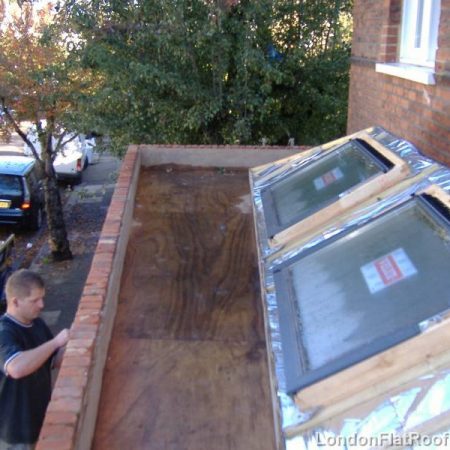
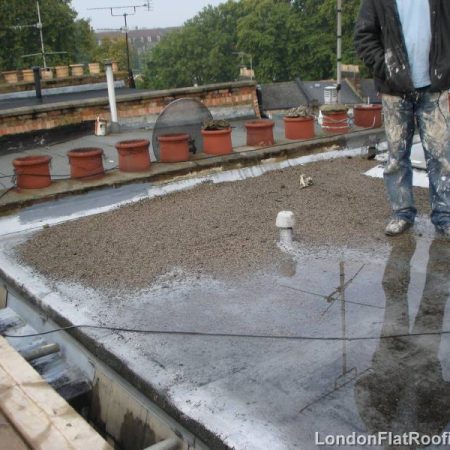
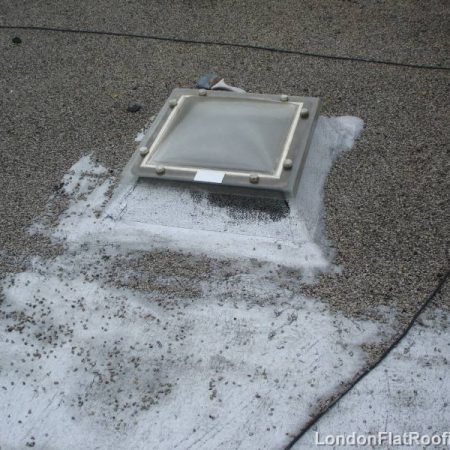
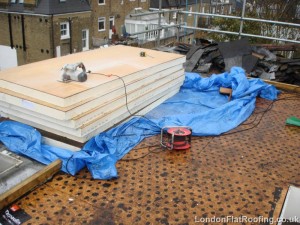
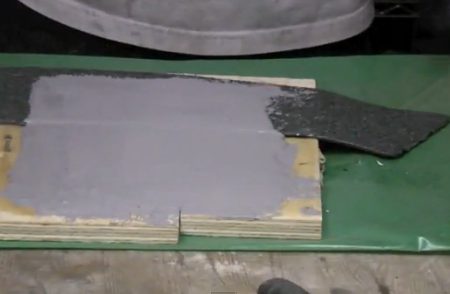
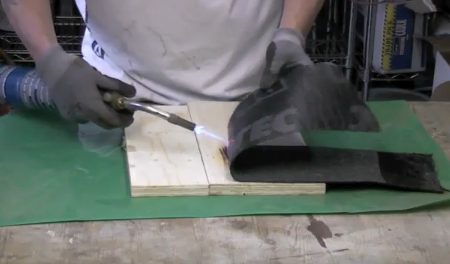
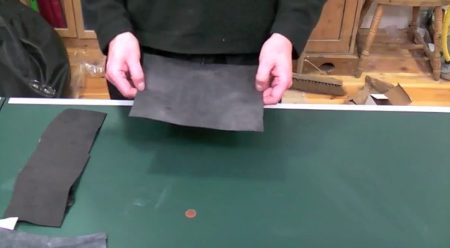

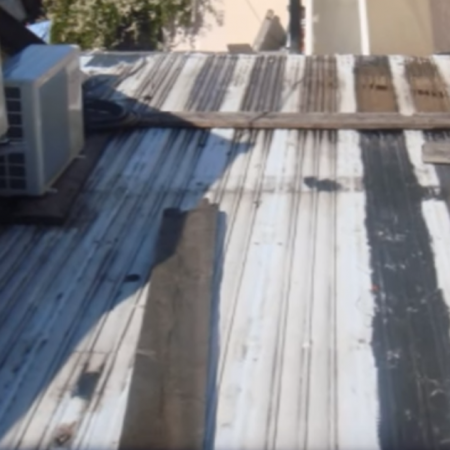

Comments (2)
Thanks for your input, all of my knowledge about this subject is obtained from specialists and correspondence such as yours. (Thanks)
In the UK building control recognise thermal bridging can happen though weaker elements of the build. As long as the briding is controlled IE not total it can be acceptable. My experience when building new flat roofs came from a design given to me by Kingspan. It specified 150mm of insulation in most parts of the roof but the gutter that went down to the outlet reduced to 25mm. I questioned this and was told that Calculations show that if 25mm of insulation is maintained in this area, Interstitial condensation will not happen.
With regards to the question of different insulation types PIR, EPS, XPS insulation we have them all in the UK, but we have to follow whats been specified, your points about the different quality are something that is not commonly known or talked about over here; I’m sure in time things will change.
Very useful info thanx.